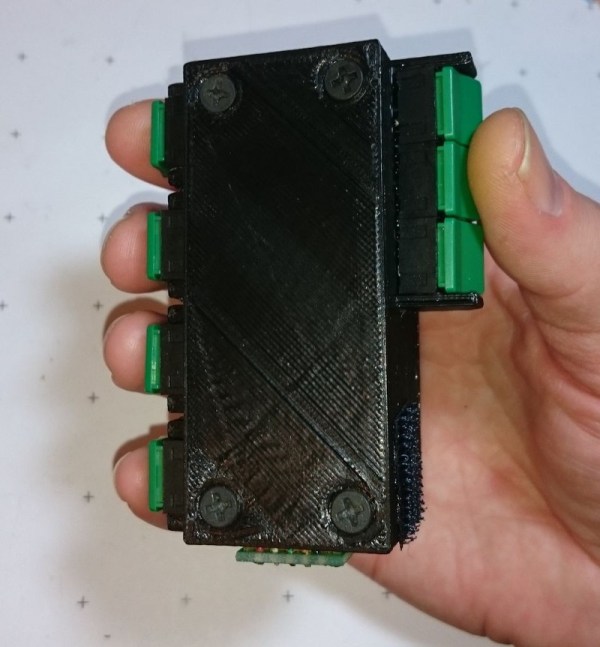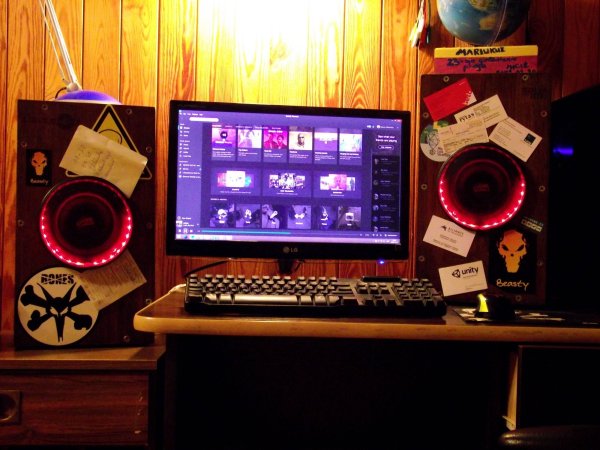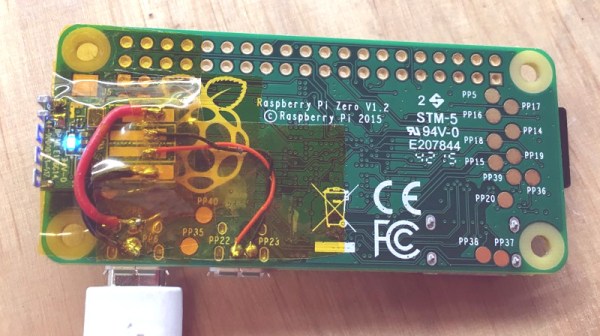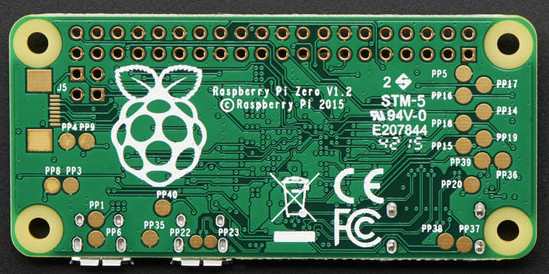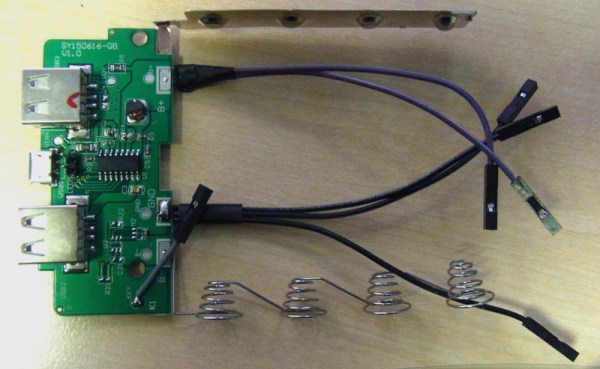[Brian] managed to resist the draw of the Left Shark costume and went as a cyberpunk for Halloween this year. Among his costume’s props was a small, one-handed chording keyboard that fit easily into one of his pockets. Now he could have just glued a couple of key caps to something small and called it a day. Instead, [Brian] made a fully functional and modular chording keyboard that can communicate over Bluetooth or USB.
What is a chording keyboard, you ask? Instead of entering keystrokes one at a time, a much smaller set of keys are mashed in meaningful combinations called chords. Once you know what you’re doing, it’s much faster than a standard keyboard. If you’ve ever seen a court reporter hammering away on a tiny machine, you have seen a chording keyboard in action. Our own [Elliott Williams] covered the topic in detail over the summer.
[Brian]’s keyboard has seven keys, one for each finger and three for the thumb. Any key found on a standard 104-key can be made by pressing a combination of keys with the fingers in relation to the center, near, or far thumb keys. We’re pretty impressed that he was able to stuff all of that hardware in such a small 3D-printed package. It’s based on an Arduino micro and uses an Adafruit EZ Key for Bluetooth communication with a phone or tablet.
The ultimate plan is to make this into a wrist-mounted chording keyboard that extends or retracts with the flick of your wrist. [Brian] has made some progress on this, having developed and printed the mechanism. But as you can see in the video after the break, adding the keyboard to it is just too much for the hobby servos he chose to move. Still, if he can dial it in this is going to be awesome!
The keyboard also has an ADXL335 accelerometer breakout, which means it can function as a tilt mouse. Neither the Bluetooth nor the tilt mouse functionality are imperative, though—if you want to make your own and leave either of these out, there is no need to alter the code.

